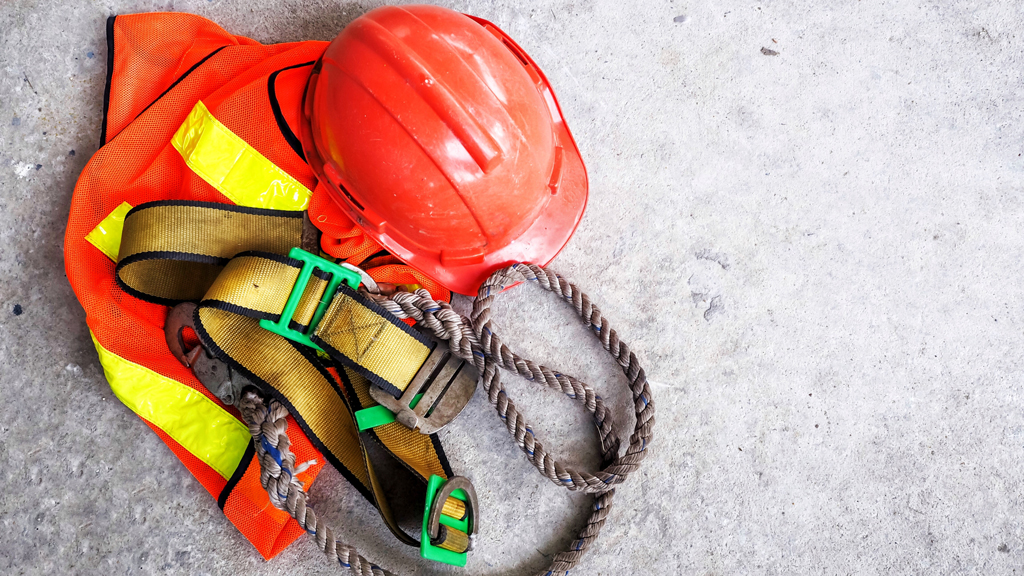Reforms to the way Ontario’s health care system deals with occupational diseases such as silicosis, asbestosis, mesothelioma, hearing loss and hand-arm vibration syndrome should create better futures for construction workers says the province’s Chief Prevention Officer Dr. Joel Moody.
The government announced this month it is creating Canada’s first Occupational Exposure Registry, convening a new Occupational Illness Leadership Table with representation from construction stakeholders and developing a web-based silica control tool that will assist in monitoring workplace silica exposure in the construction and mining industries.
Among many types of exposure to dangerous materials in workplaces, silica exposure ranks as among the most hazardous, Moody said.
“When we’re doing any type of work, we want it to be of high impact,” he said, referring to the silica control tool. “And so using silica as an example of what we can pilot, what we can do to improve workers’ health at the end of the day, it make sense.”
Silica exposure often afflicts construction workers cutting different types of materials, such as quartz, Moody noted.
“It’d be very important to help understand from the employer and employee standpoint in that sector, what are the challenges they face? And what are the opportunities that exist?”
The government and its new leadership table, to be chaired by Moody, will consider 41 recommendations contained in a report written by Dr. Linn Holness and Janet Brown of the MAP Centre for Urban Health Solutions at St. Michael’s Hospital in Toronto.
Moody said there will be an all-of-government approach to treating occupational diseases involving the ministries of health and labour and the Workplace Safety and Insurance Board (WSIB).
A government-commissioned study by Dr. Paul Demers found less than 10 per cent of Ontarians with occupational cancers ever get compensated. It’s too early to contemplate whether in future there will be enhanced compensation for victims of occupational disease through the WSIB, Moody said.
“I don’t want to speculate on what happens from the WSIB, as an arm’s length entity, they have their processes,” he said. “But what I can say is, from a system standpoint, how do we optimize the system to work better? That could be with any gaps that exist. How do we work together?”
Moody acknowledged construction stakeholders frequently call for improvements to the system to reduce deaths from traumatic mishaps and lost-time injuries but it’s clear that occupational diseases are the source of more fatalities.
“In the prevention work strategy, not only do we talk about traumatic injury and fatality, but we’ve also identified occupational illness as a priority area for the strategy as well,” he said. “Over the past five to 10 years, we know that about 24 per cent of the fatalities that happen in an occupational setting are related to traumatic injury. But 76 per cent are also related to occupational illness and occupational disease.
“The challenge with some of the occupational diseases is they have a latency period or it may take a long period of time for that disease to manifest.”
The Occupational Exposure Registry is intended to track harmful exposure levels, help diagnose workplace diseases faster, improve worker compensation and reduce costs to the health care system.
The report recommended upgrades to awareness, recognition and reporting practices with the launch of an occupational disease public awareness campaign; beefed up workplace training; and an assessment of current workplace medical screening practices for designated substances.
The reforms were announced Oct. 10. The government will build the Occupational Exposure Registry, expected to launch in 2025, from existing ministry of labour industrial hygiene records and other sources.
Some solutions will take time, Moody said. The new, more integrated system could eventually offer employers and employees new strategies for reporting; better information on workplace settings and different materials workers are exposed to; and better training.
“From the prevention lens, it is never about blame. What we want to do is we can talk about a couple of things, how do we help employers and employees by raising awareness and recognition? And one way to do that is we want to have better reporting,” said Moody.
Follow the author on Twitter @DonWall_DCN



Recent Comments